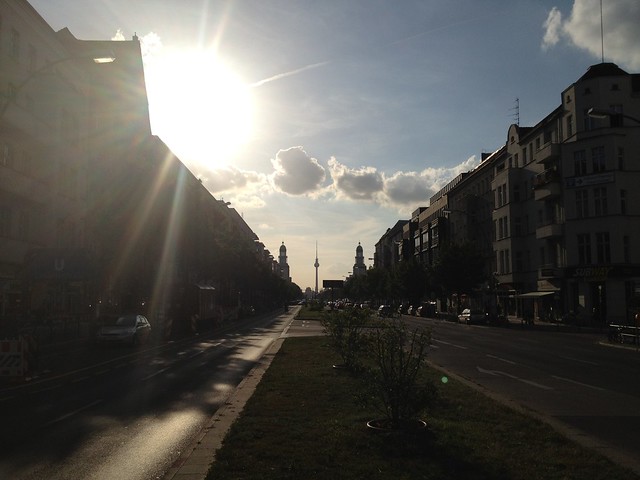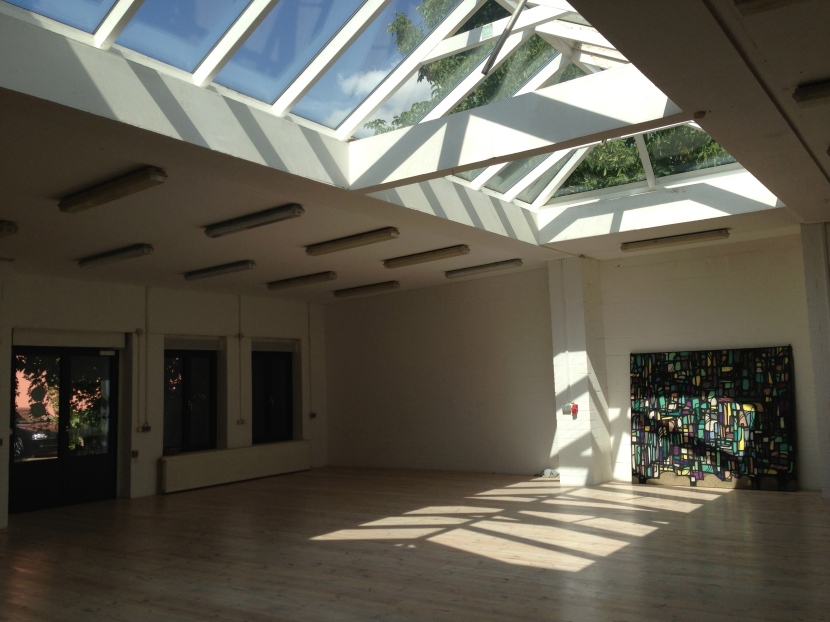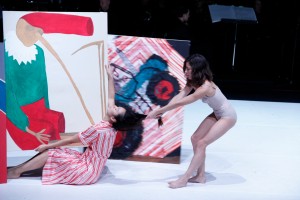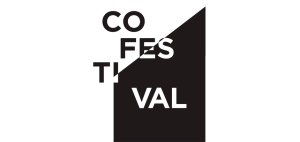
Call for Applications for Residency
dance-techAIR@Lake Studios Berlin
www.lakestudiosberlin.com
January 2014
(1 month period)
1st dance-tech artist in residency in Berlin offers to international interdisciplinary movement and media artists the possibility to live and make art in a peaceful artist run working, living and performance space in Berlin, Germany.
The artists will enjoy the recently opened Lake Studios Berlin, a unique living and creative working space with fast connection into the exciting creative center of Berlin and with the advantage of the quiet and beauty of Mueggelsee lake and a forest at only 5 minute walk for depth concentration on research and creative process.
The resident artist will enjoy a private apartment and access to a dance space with sprung wooden floors. Lake Studios Berlin is primarily a working space for 8 diverse movement artists with the need to go deeper into their work and practice. It is an experience of collaborative living and creation, and the resident will have the opportunity of artistic exchange as well as access to inside information about the dance scene in Berlin.
INCLUDES:
- The resident artist will have access to 100 hours of studio space per month, divided between the large and small Studios.
- The residency includes three hours of remote online coaching with Marlon Barrios Solano.
- There is a possibility to teach classes, workshops and / or organize a performance or work-in-progress showing at the end of the residency period.
- The artists will be featured and should blog about their process on dance-tech.net for the months of the residency.
- The artist also may decide to use dance-tech.tvLIVE channels to share the process of exchange with the community.
NOTE: the selected artist brings his/her own equipment. The residency does not provide any equipment.
There is one projector available in the big space.

The selected artists will pay his/her transportation expenses and will pay 500 Euros per month.
Artists, scholars and practitioners can apply for the residency. Their practice and research should relate to the topical themes (not exclusive):
New media and performance
Movement practices and economy
Improvisation and real time systems
Screen-dance and movement based installation
Choreographic scores and new media tools (generative tools)
Movement, somatics and technology
Mobile devices, locative media and choreography
Social media and trans-local collaborations
Contemplative practices and movement
Application Process:
The applicants must be a dance-tech member where you write you bio and profile.
Please send an email including:
1.-Your research goals
2.-What would you like to work on and if you would like to offer master classes, workshops, etc.
3.-Two samples of you work posted on your dance-tech account (urls)
Send it via email to Marlon Barrios Solano @ <marlon@dance-tech.net>
IMPORTANT:
write in the email subject: dance-tech Berlin
Deadline for application: November 25, 2013. We will let you know by December 3 about the decision.
Note: this residency is conceived as an independent collaboration between dance-tech and Lake Studios Berlin as a way to generate alternative and affordable spaces for independent artists and creative researchers.
Highlights of Berlin (not officially related to the residency):
From January 4 - 14, there is a well known Berlin Dance Festival taking place in Sophiensaele called Tanztage. (www.tanztage.de)
From Wed 29 Jan - Sun 2 Feb 2014 the new media festival and conference Transmediale 2014
From January 24 – February 2, 2014 the fun electronic music festival CTM – Festival for Adventurous Music and Arts
Questions?
marlon@dance-tech.net











